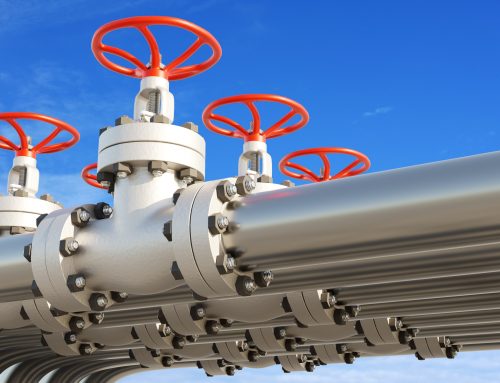Slovenia has been affected by extreme cold – blizzards, heavy snow and sleets, since 31 January. The collapse of power lines under the weight of ice, snow and falling trees caused electricity disruptions affecting 250,000 people (25% of households).
Assistance in the form of electricity generators is reaching Slovenia after the country activated the European Union Civil Protection Mechanism on Sunday to request support following a severe cold snap.
In a swift operation, coordinated by the European Commission’s Emergency Response Coordination Centre, Austria, Germany and the Czech Republic offered technical experts and electricity generators within hours of the Slovenian request. The offers were accepted by the Slovenian authorities and some of the equipment has already arrived, together with technicians to install and operate it.
“We’ve seen an impressive gesture of European solidarity with this immediate response to an emergency affecting thousands of citizens in one of our Member States. This efficient assistance operation is just the latest demonstration of the value of our cooperation in civil protection,” said Kristalina Georgieva, the European Union Commissioner for international cooperation, humanitarian aid and crisis response.
Other countries, participating in the EU Civil Protection Mechanism, are also exploring means to help. The European Emergency Response Coordination Centre continues to work around the clock to coordinate the relief effort and give further support if needed.
Slovenia has been affected by extreme cold – blizzards, heavy snow and sleets, since 31 January. The collapse of power lines under the weight of ice, snow and falling trees caused electricity disruptions affecting 250,000 people (25% of households). The restoration of electricity supply is made difficult by the continuing bad weather. This prompted Slovenia’s request for assistance from the European Union (electric power generators with a capacity of 100-300+ kVA).
“The risks associated with winter weather continue across Europe and the European Commission’s experts in crisis response will remain vigilant, keeping their national counterparts informed on any developments and ready to coordinate further assistance if needed,” Commissioner Georgieva said.
Background
The European Union Civil Protection Mechanism facilitates co-operation in disaster response, preparedness, and prevention among 32 European states (EU-28 plus the Former Yugoslav Republic of Macedonia, Iceland, Liechtenstein and Norway). With the help of the Commission, the participating countries pool the resources that can be made available to disaster-stricken countries all over the world. When activated, the Mechanism coordinates the provision of assistance.
The European Commission manages the Mechanism through the Emergency Response Coordination Centre. Operating 24/7, the ERCC monitors risks and emergencies around the world and serves as an information and coordination hub during emergencies. Among other tasks, the ERCC also ensures that Member States are fully aware of the situation on-site and can make informed decisions for providing financial and in-kind assistance.
Since its creation in 2001, the EU Civil Protection Mechanism has been activated more than 180 times for disasters in Member States and worldwide, including Typhoon Haiyan in the Philippines, the forest fires in Southern Europe last summer and the war in Syria.
For more information
The European Commission’s humanitarian aid and civil protection:
http://ec.europa.eu/echo/index_en.htm
Commissioner Georgieva’s website:
http://ec.europa.eu/commission_2010-2014/georgieva/index_en.htm
Emergency Response Coordination Centre:
http://ec.europa.eu/echo/files/aid/countries/factsheets/thematic/ERC_en.pdf



